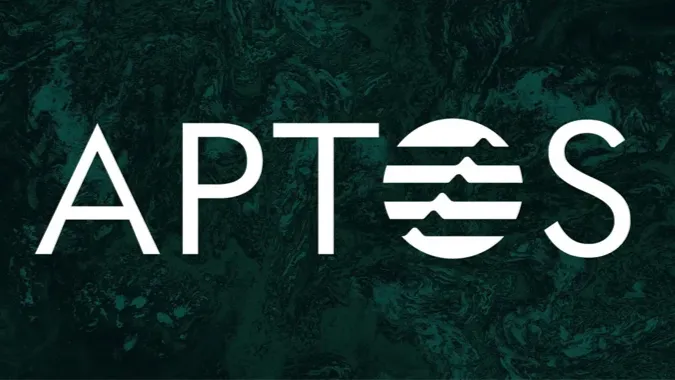A few months ago, we delved into Sui, a blockchain project built from the remnants of Facebook’s (Meta’s) failed Diem initiative. At the time, we noted that Sui wasn’t the only project to emerge from Diem’s ashes. Enter Aptos, another promising blockchain platform that is now making waves in the industry, particularly with a fresh shift in its management team.
What is Aptos?
Aptos is a blockchain platform that prioritizes scalability, reliability, and security. It stands out for its adoption of the Move programming language, originally developed by Meta for Diem. This foundation has given Aptos a unique edge in the rapidly evolving blockchain space.
Key Features of Aptos
- Move Language Aptos employs Move, a programming language designed for efficient and secure transaction execution. Move offers developers flexibility in creating smart contracts while delivering enhanced security compared to traditional blockchain languages.
- High Throughput and Scalability Aptos tackles blockchain scalability challenges using advanced parallel execution techniques. This enables the platform to achieve high transaction throughput, processing significantly more transactions per second (TPS) than older blockchain platforms.
- Reliability Aptos emphasizes system integrity and transaction finality, ensuring smooth and secure blockchain operations. Its robust design minimizes disruptions and enhances overall performance.
- Consensus Algorithm The platform utilizes an innovative Block-STM (Software Transactional Memory) approach for parallel transaction processing. Combined with a modified HotStuff consensus protocol, this mechanism ensures fast and secure transaction handling while boosting scalability.
Aptos vs. Sui: Key Differences
Both Aptos and Sui share the Move programming language, but their implementations diverge to support different architectural models. Here’s how they compare:
- Development Focus Aptos aims to create a versatile and efficient blockchain suited for a wide range of decentralized applications (dApps), while Sui concentrates specifically on overcoming scalability challenges.
- Consensus Mechanism Aptos: Uses Block-STM for parallel processing and relies on a variant of HotStuff for secure and efficient consensus. Sui: Implements the Narwhal and Tusk consensus model, which separates transaction ordering from execution, optimizing speed and data availability.
These differences shape the developer and user experiences on each platform, offering distinct advantages depending on project goals.
The Current State of Aptos
As of now, Aptos is carving out a niche in the DeFi (Decentralized Finance) space, hosting around 48 DeFi dApps. These include decentralized exchanges (DEXs), lending platforms, and liquid staking solutions. The blockchain also supports NFTs, and a growing number of developers are exploring gaming applications on the platform.
In terms of developer activity, Aptos is on par with blockchain heavyweights like Polkadot and Cosmos. This strong developer ecosystem could lead to groundbreaking innovations, potentially driving up the value of the Aptos token.
What’s Next for Aptos?
The platform’s focus on DeFi is evident, with projects like Aave testing their protocols on the Aptos testnet. Additionally, Aptos is expanding its stablecoin support, integrating assets such as Tether (USDT), USDC, and GHO.
While finance remains its current stronghold, Aptos’s future lies in diversifying its web3 applications. By broadening its ecosystem beyond DeFi, the platform could establish itself as a major player in the blockchain space.
Aptos is a compelling blockchain project with solid technical foundations and a growing ecosystem. Its innovative use of the Move programming language, advanced scalability solutions, and developer activity signal a bright future. As it continues to expand its web3 offerings, Aptos has the potential to redefine blockchain technology and secure its place among the top platforms in the industry.



















Leave a Reply